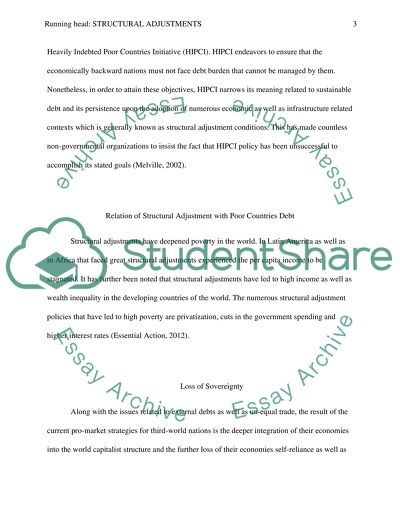The Concept of Structural Adjustment Literature review. Retrieved from https://studentshare.org/macro-microeconomics/1444436-structural-adjustment
The Concept of Structural Adjustment Literature Review. https://studentshare.org/macro-microeconomics/1444436-structural-adjustment.


